RadPC - MSU's Moon Computer
Latest News
The MSU space computer landed on the moon on 3/2/2025! It is currently operating on the lunar surface collecting data on radiation levels and how well the computer handles extreme temperature swings and radiation.
The MSU space computer, called "RadPC" launched on 1/15/2025 for its mission to the moon. This computer represents 15+ years of research at MSU on how to make "edge" computers more reliable.
The lunar lander, called Blue Ghost Mission 1 (BGM1) was designed by Firefly Aerospace. It is carrying 10x experiments that will conduct science and demonstrate innovative technologies. RadPC is one of the 10. The trip to the moon will take 45-days because BGM1 will use the Earth's gravity to slingshot to the moon instead of just hitting the gas and trying to escape the gravity in one shot like Apollo did. This allows BGM1 to be lighter and experience less stress than Apollo did. BGM1 will orbit Earth 3.5 times with each orbit getting further and further away from the planet. After ~25 days, it will then start orbiting the moon and slowly get closer and closer to the surface.
This path is good for RadPC because we get to go through the radiation belts of Earth. This will stress RadPC to the max! Once on the lunar surface, RadPC will operate for ~14 days before the lander goes into lunar night and freezes. RadPC will be on the moon forever!
Who Cares?
Edge computers are the small computers that are in all of our electronics that we really don't think about. But these computers keep our society running. They handle everything from keeping our electricity on, making sure water gets to our house, that the internet works, and even that our banks are operational. When these computers fail, it is catastrophic. Think about when the power goes, or you can't get data on your phone. Or imagine that you can't login to your bank account. Keeping our edge computers running is crucial to modern society. MSU's RadPC computer aims to be the edge computer that won't fail. While the moon mission will prove RadPC can operate in extreme environments, its next mission is even more crucial. RadPC's next innovation is to use the same procedures it uses to swart radiation to defeat cyber-attacks.
Where's the Data?
We are currently at the beginning of our data collection phase. As we get results, we'll post them here. Go #RadPC!
Did you know we put messages in our payload?
The Bobcats are going to the moon! Or at least our computer is. Through over a decade of research, MSU has created a new type of space computer that can operate in the harsh radiation environment of space while performing faster than existing space computers. It is called RadPC. NASA has selected RadPC to go to the Moon on an unmanned mission to really test it out. We put some extra memory on our computer to give the public the opportunity to send a message along for the ride! The submission window closed on 3/11/22.
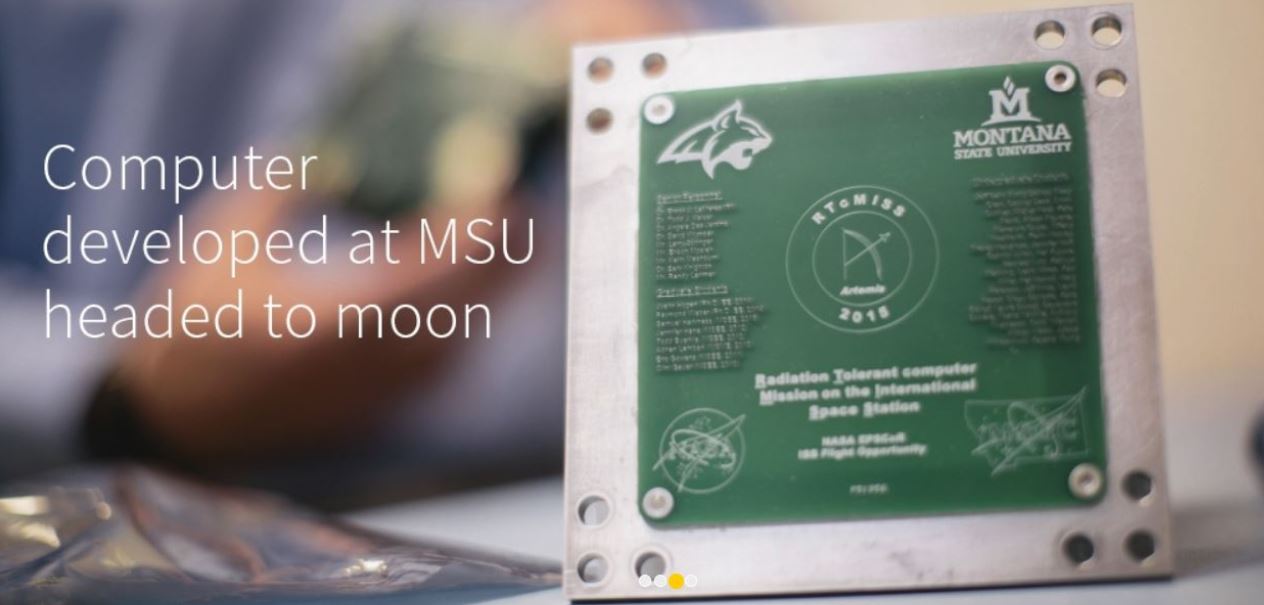 |
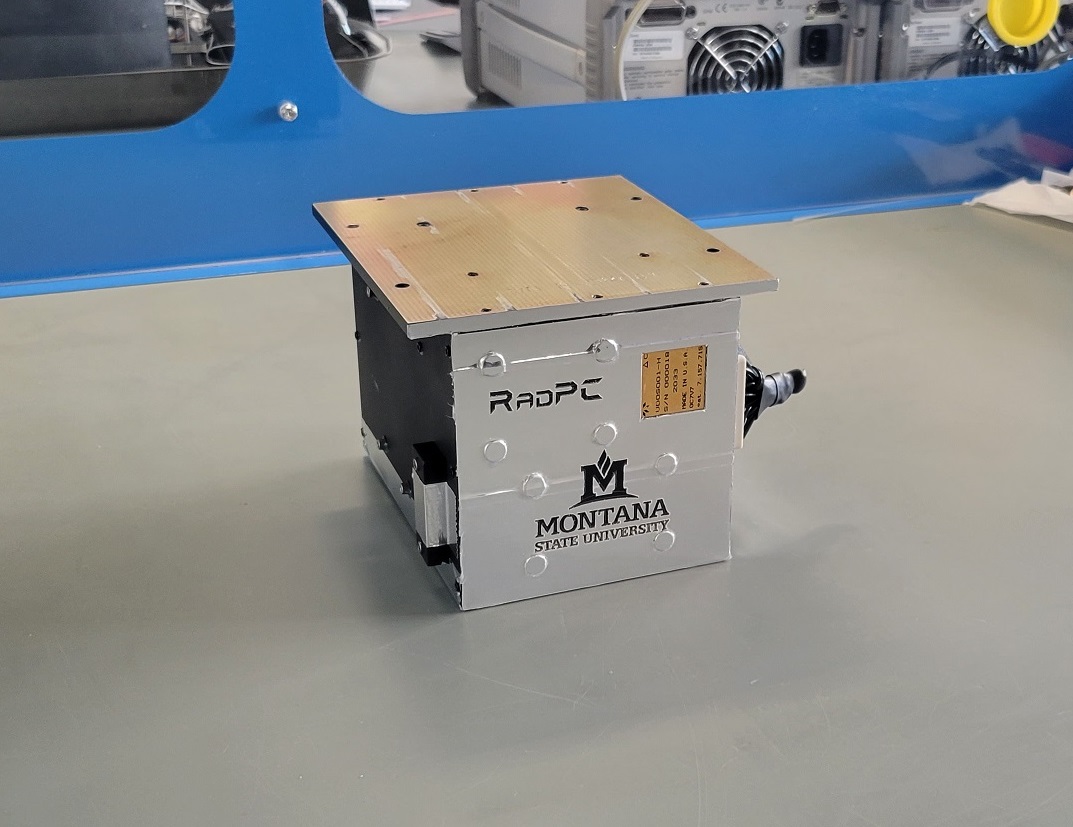 |
Message Details
- While not required, we suggested a message that could inspire future generations and highlight the positive aspects of planet Earth, or a message paying tribute to somebody important in your life.
- An image/photo: An associated image that shows the best qualities of planet Earth or something that would show someone in 1000 years what it was like in 2022.
Was it Free?
Yes! But some people donated to our Space Research Scholarship Fund to help future MSU students get involved in projects like this. A donation was not required to send a message, but it was appreciated! You can still donate.
Disclaimer
Space is hard. The rocket might explode. The lander might crash. RadPC might fail. But that doesn't keep us from trying. If something goes wrong, the messages will still exist for future generations. They just might be in the form of space dust.
Is This Real?
We know, that's how we felt when I got the call from NASA that RadPC was selected for a lunar mission. But be assured, this is real. You can read about the long history of this project below. NASA also has a long tradition of doing things like this. The NASA rovers on the moon allowed people to upload messages that were stored in their memory. The Mars Curiosity Rover tires actually left imprints in the Mars dirt that spelled out J-P-L in Morse code standing for NASA's Jet Propulsion Lab. These little tributes are a great way to spread the word about the research that NASA does, plus it sometimes inspires the next generation.
The MSU Moon Computer Project (RadPC)
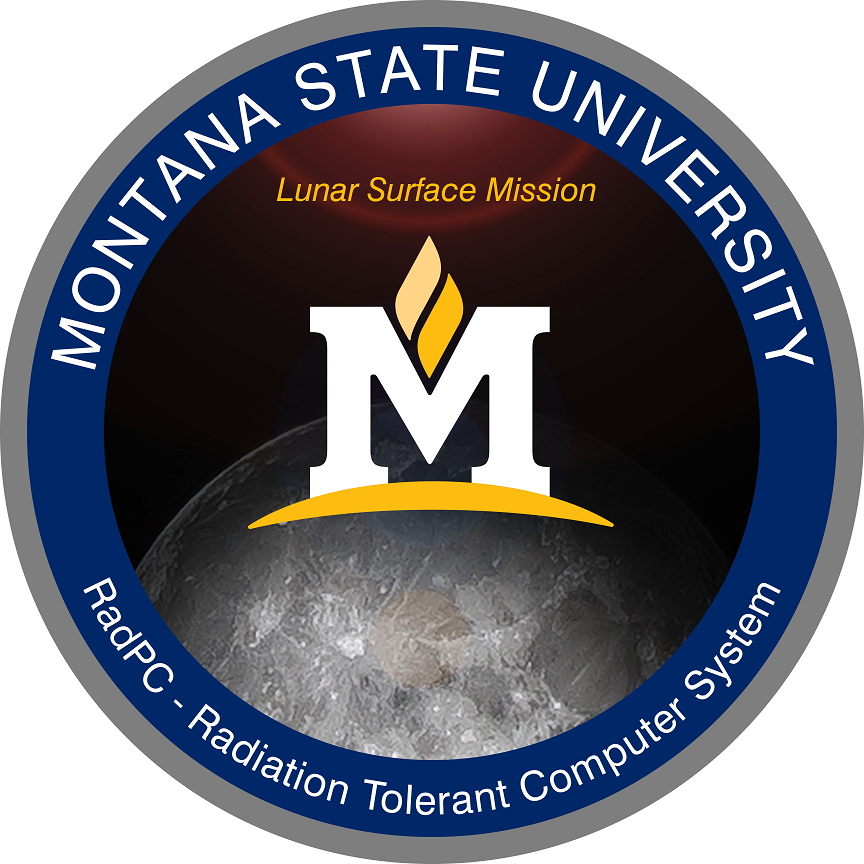
It all started with an idea for a computer that uses redundancy to recover from crashes caused by radiation. MSU's novel contribution was "repairing" the faulted part of the computer hardware by restoring it to its original state in the background. This caught the eye of NASA and they started funding work at MSU.
We then started building prototypes of the computer and flying it on anything that would carry us. This included balloons and sounding rockets (sounding means they go up and then come right back down).
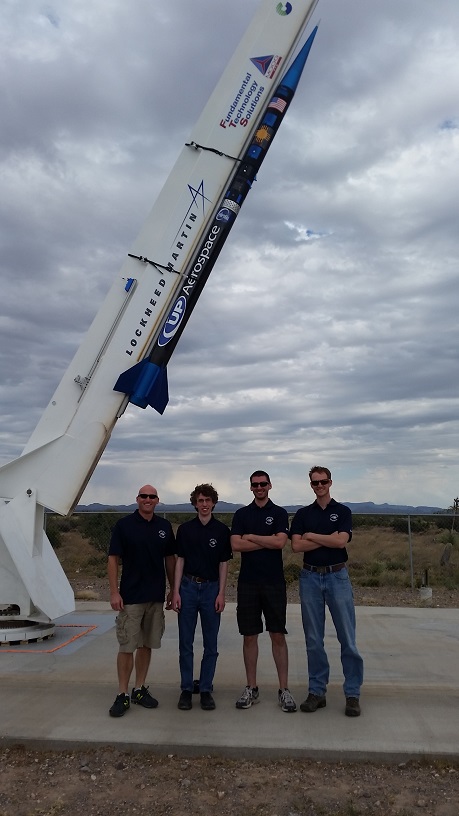
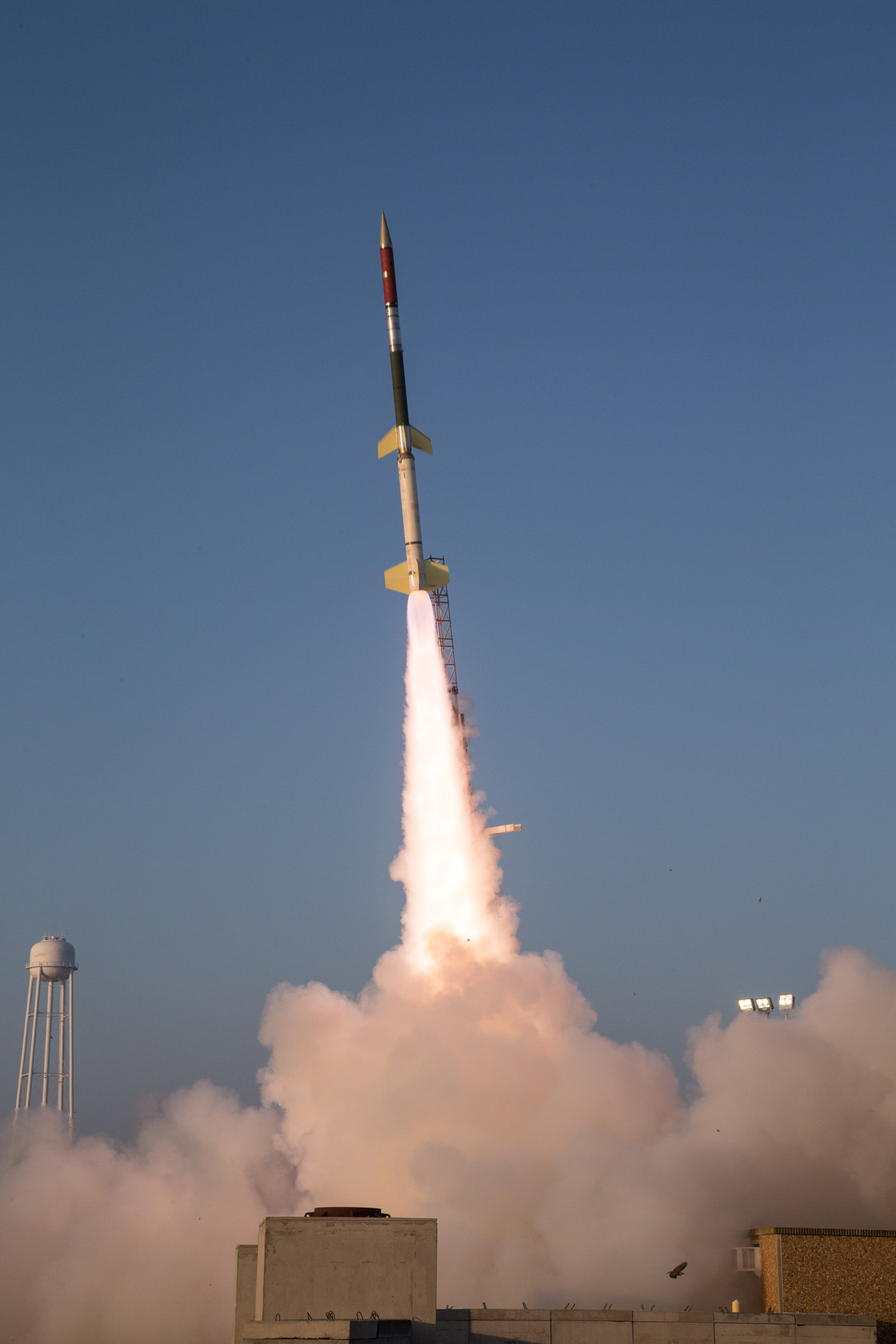
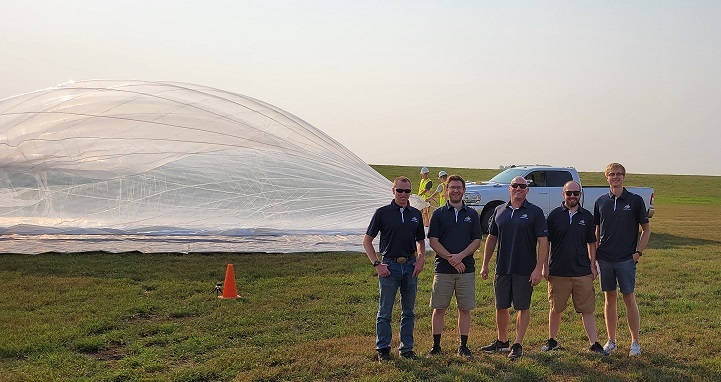
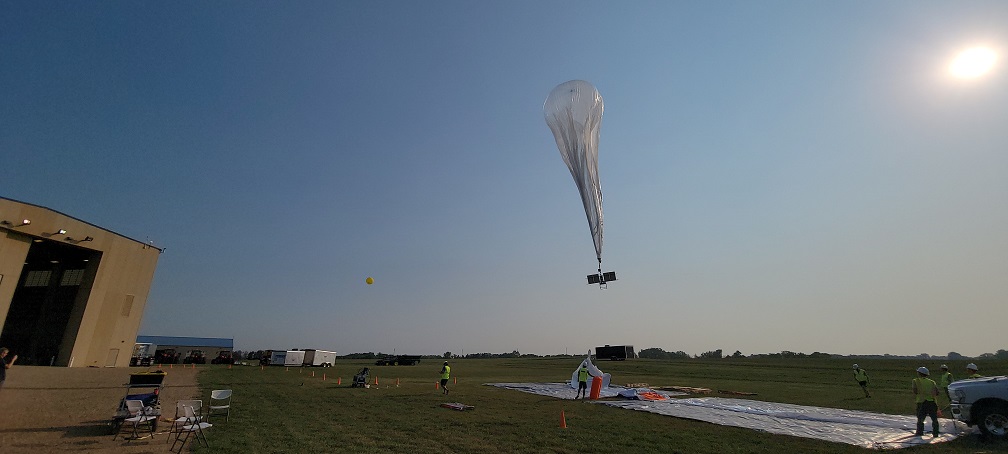
- MSU Computer Reaches Space Aboard Research Rocket (MSU News, 10/23/14).
- MSU Balloon Flight Turns Space Radiation Into Useful Cybersecurity Tool (MSU News, 12/10/18).
- MSU Students Conduct High-Altitude Balloon Test on Computer Technology (MSU News, 8/4/21).
Then we were selected to test RadPC onboard the International Space Station.
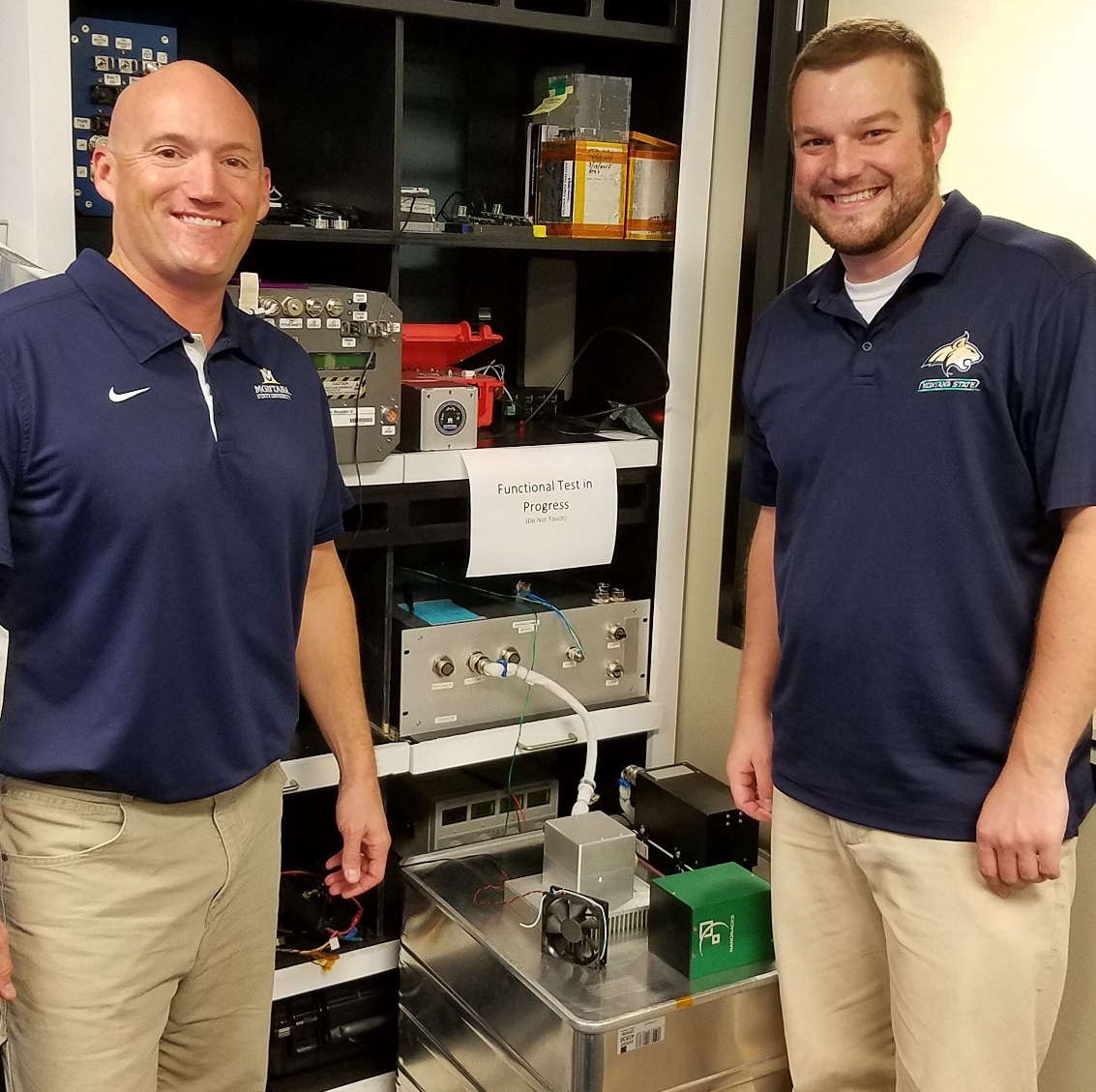 |
- MSU Computer Heading to the International Space Station (MSU News, 6/20/14).
- Bozeman Second-graders’ Artwork Heads to International Space Station (MSU News, 7/21/16).
Then NASA decided to test RadPC on two satellite missions.
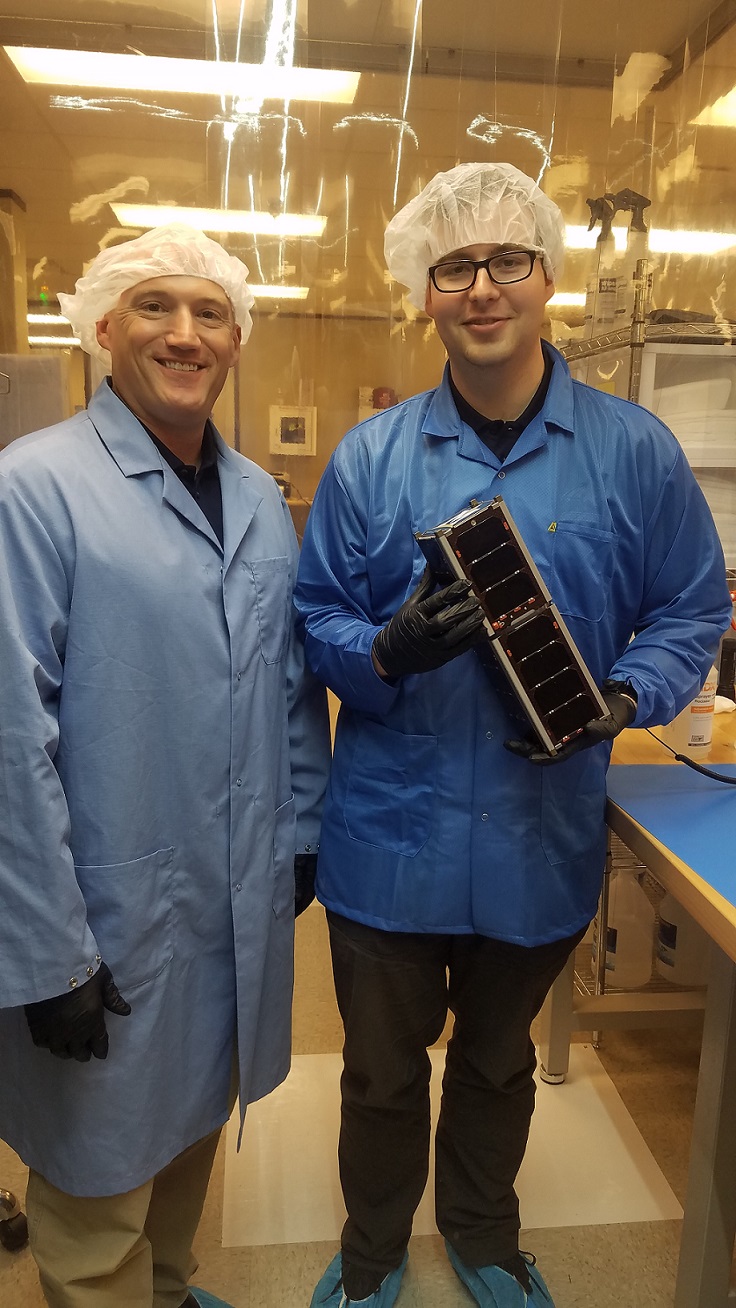
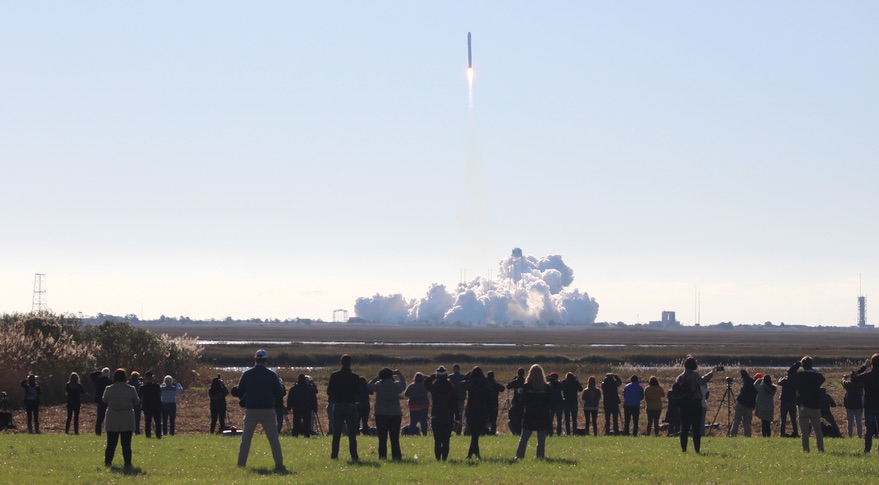
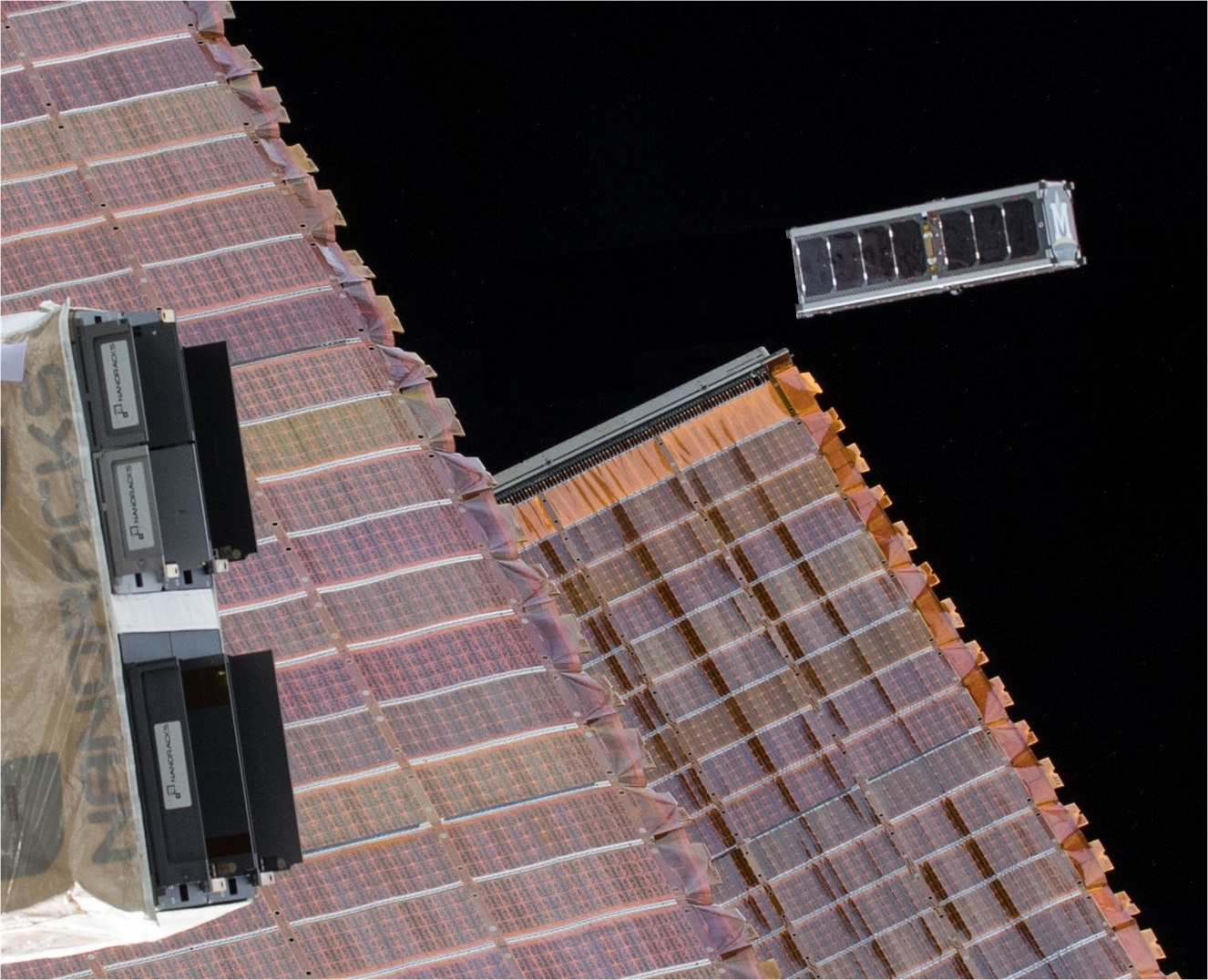
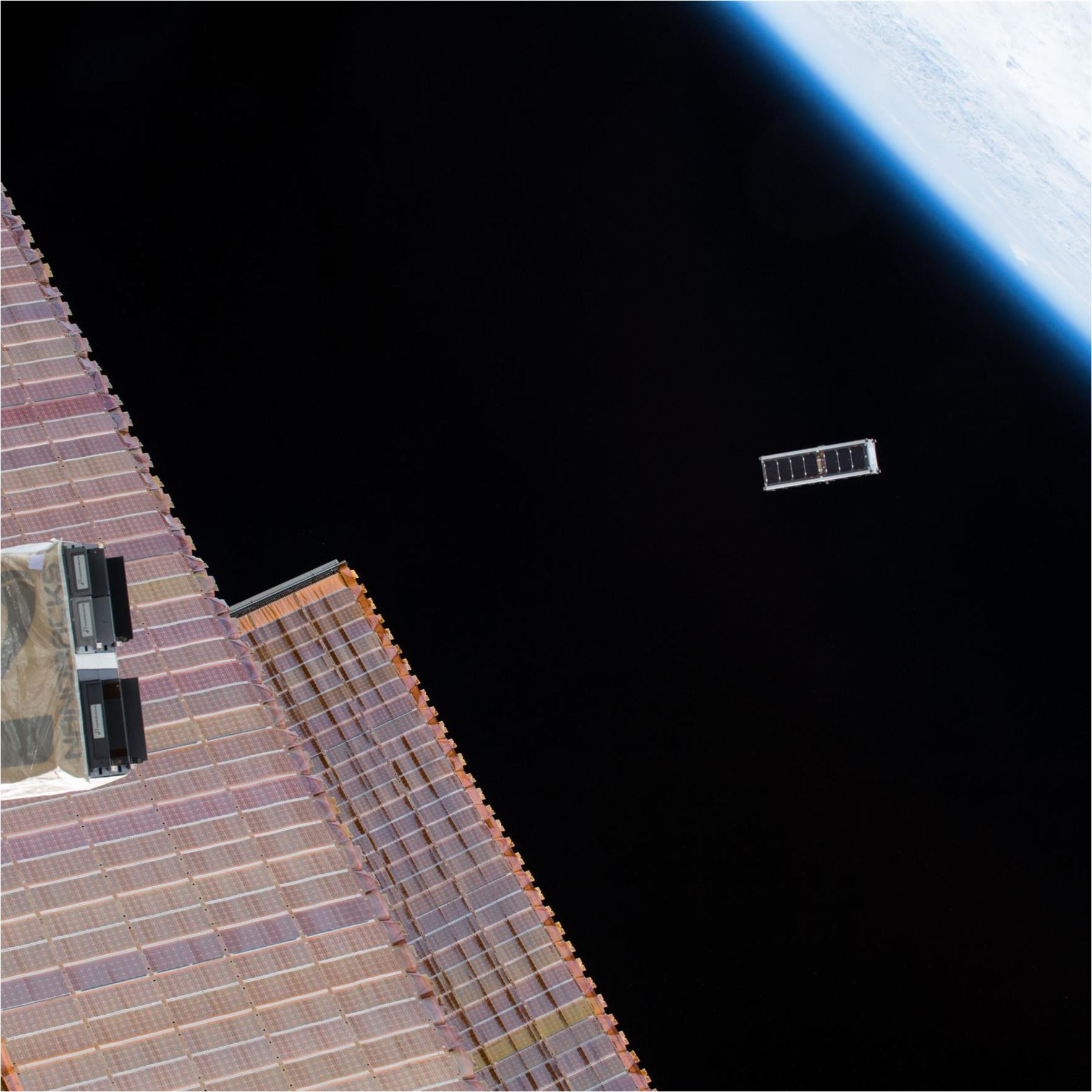
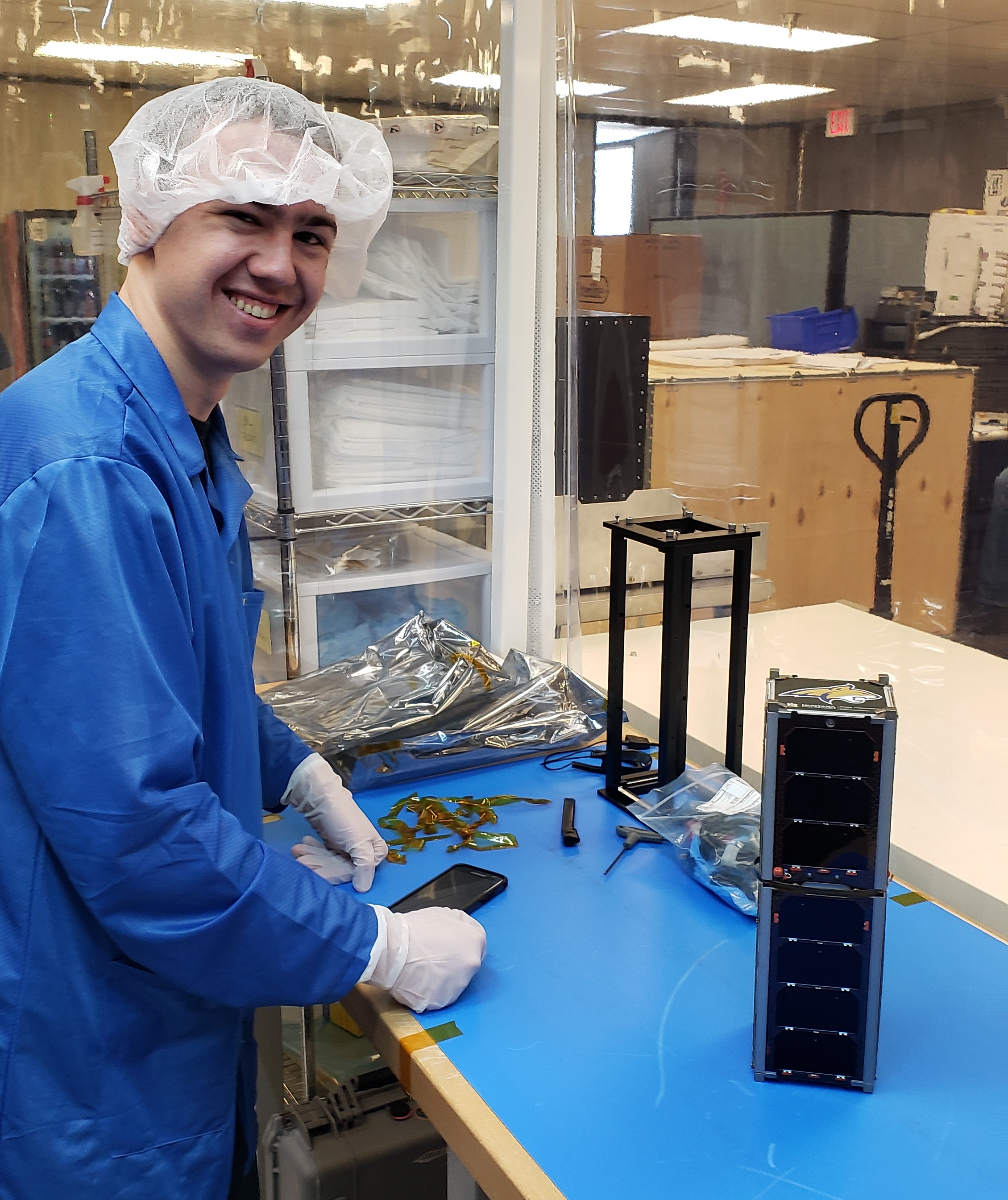
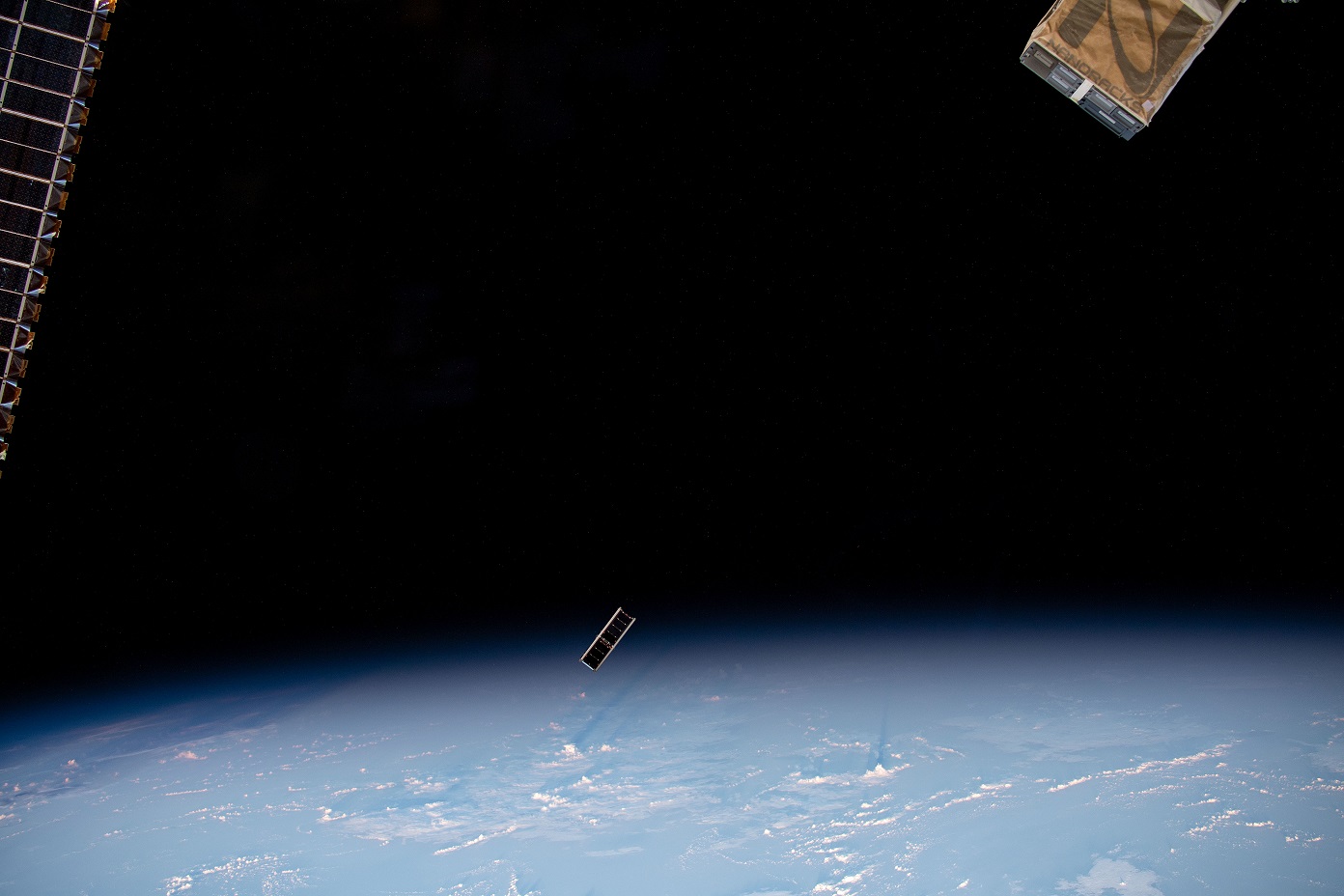
- MSU Project Receives NASA Grant for Flight Research (MSU News, 1/31/17).
- MSU Team Receives NASA Grant to Launch Satellite from Space Station (MSU News, 9/13/17).
- MSU Develops Radiation Tolerant Computer (MSU Communications, 11/27/17).
- Names of MSU’s 2018 Graduates Heading to Space in Research Satellite (MSU News, 4/30/18).
- MSU President Cruzado Announces Satellite Tribute to 2018 Graduates (MSU Commencement, 5/18).
- MSU Launches Names of 2018 Graduating Class into Space (MSU Communications, 5/24/18).
- Rocket Sends MSU Computer Technology to Space Station (MSU News, 5/25/18).
And then we got the big call from NASA telling us that we're going to the moon!
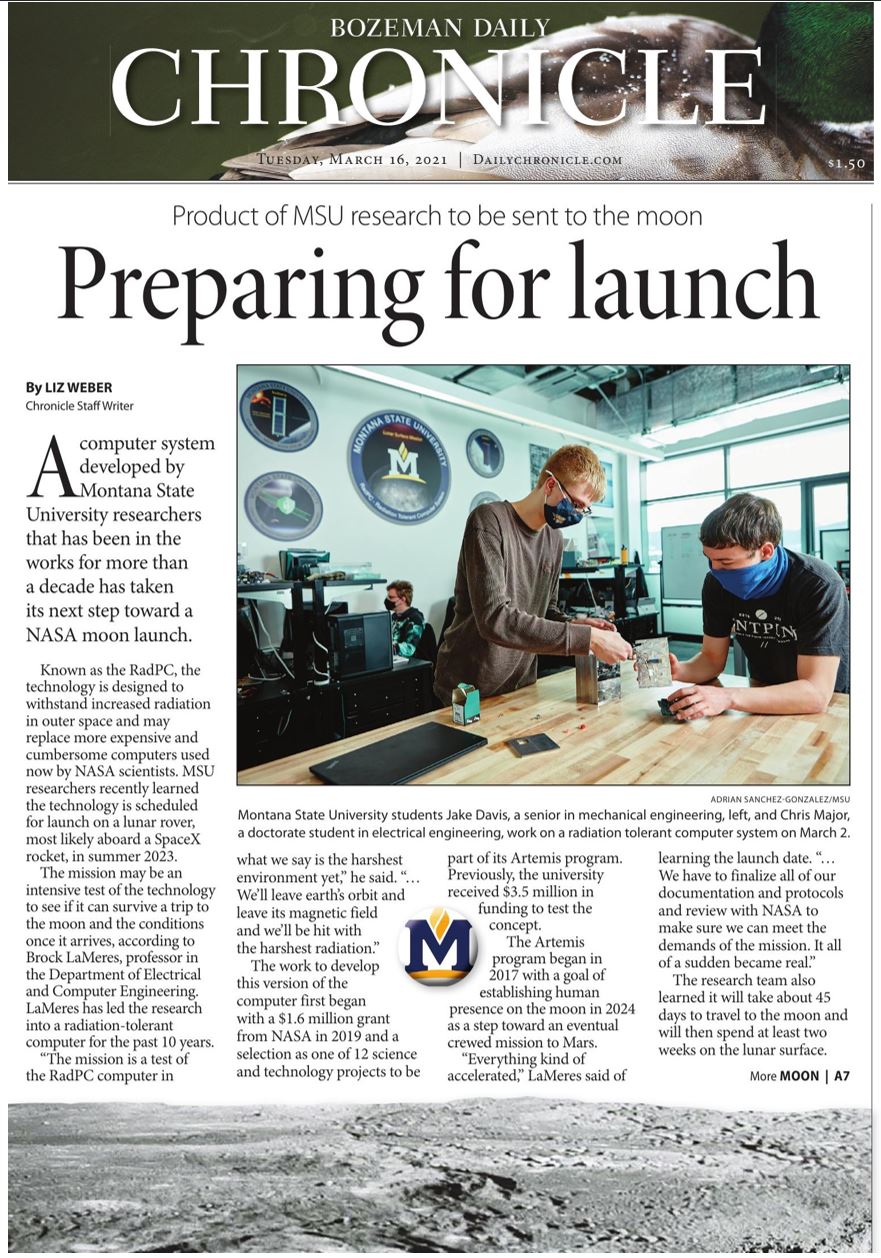
- MSU Researchers to Send Computer Prototype to the Moon (MSU News, 7/1/19).
- MSU Moon Mission Scheduled for Launch in Summer of 2023 (MSU News, 3/8/21).
- Suborbital Testing Puts Moon-Bound Computing System Through its Paces (NASA, 10/18/21).
- MSU Spinout Resilient Computing Wins NASA Entrepreneurship Prize (MSU News, 12/2/21).
- MSU Researcher Launches Company to Sell Computer Tech Built for Space (Bozeman Chronicle, 12/7/21).
This is what the version of RadPC that will go to the moon looks like:
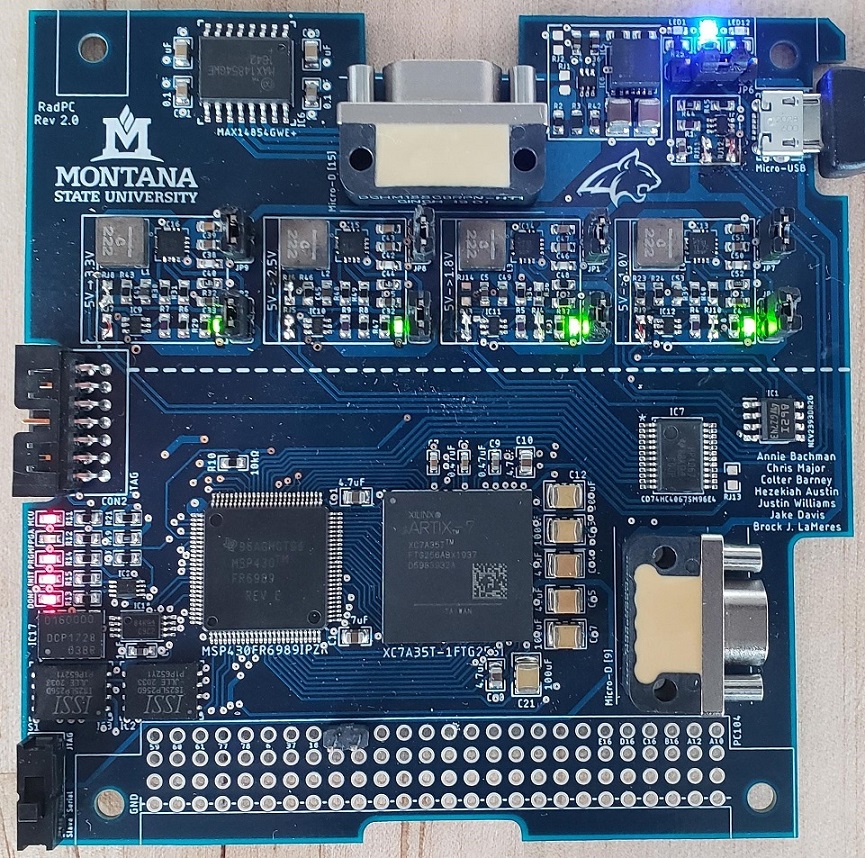
Here is what the MSU payload carrying RadPC looks like:
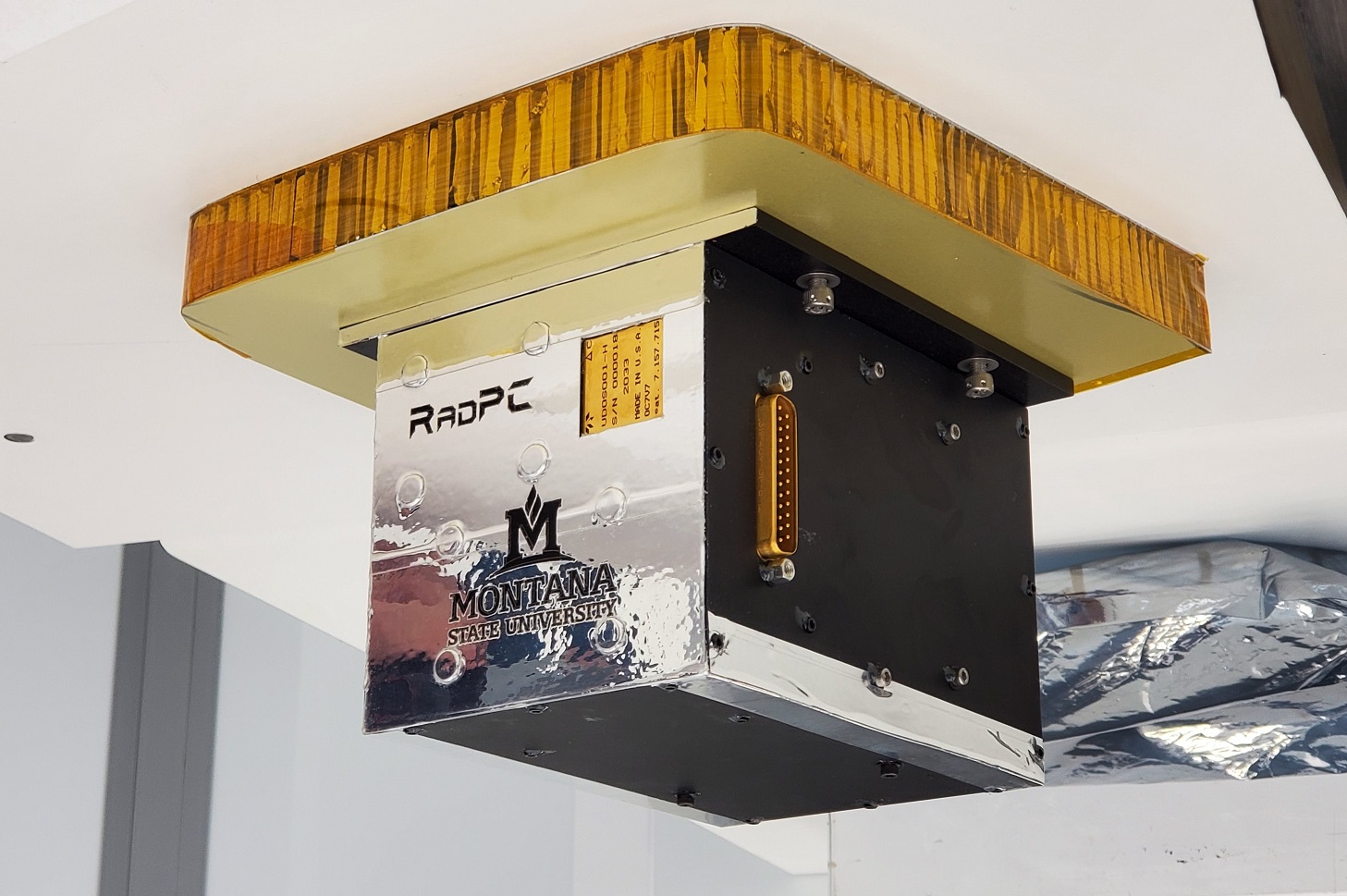
The Firefly Blue Ghost Lunar Lander will be carried into space by a SpaceX Falcon 9 Heavy Rocket. It will then take 45 days to get to the Moon and land. Here is what the lander looks like. A RadPC mock-up is mounted to this lander prototype. It is the little blue box being pointed to by MSU PhD student Chris Major.
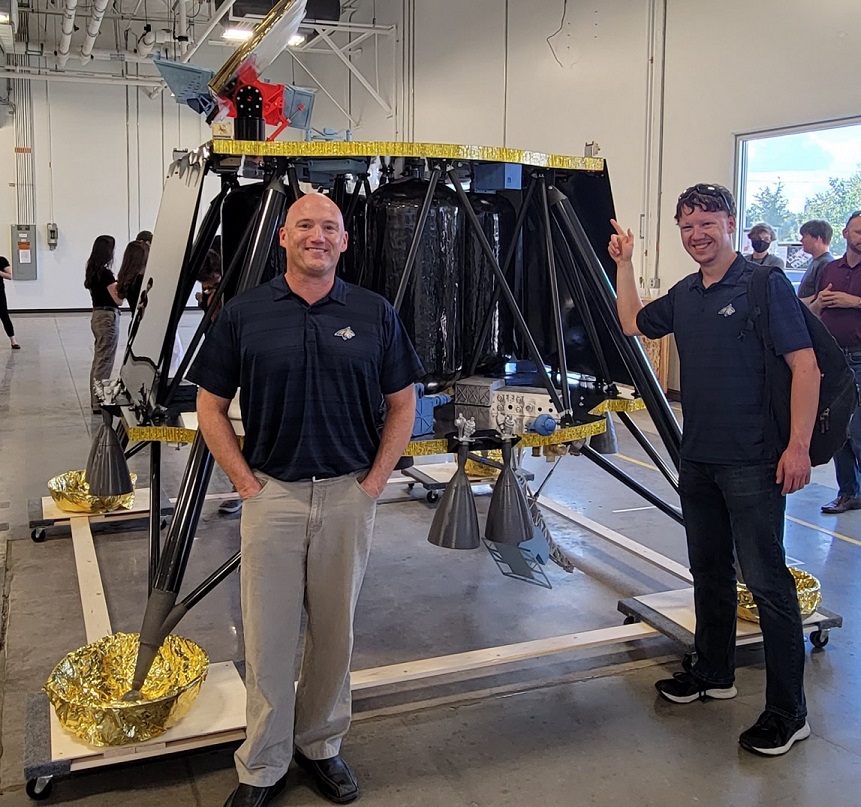
Here is what the memory boards look like in the RadPC Lunar payload that will hold your messages. We have 8 Terabytes of storage. That's like having 64 iPhone 13s worth of storage!
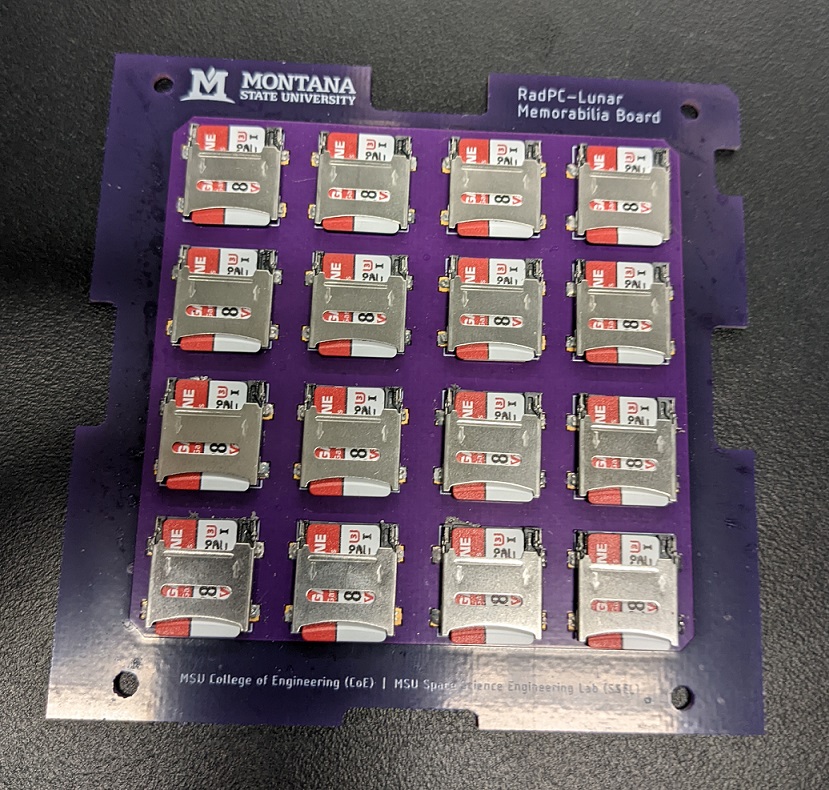
Check back from time to time for updates!
